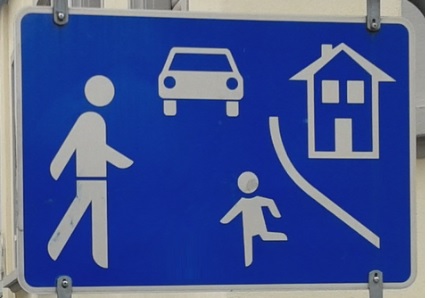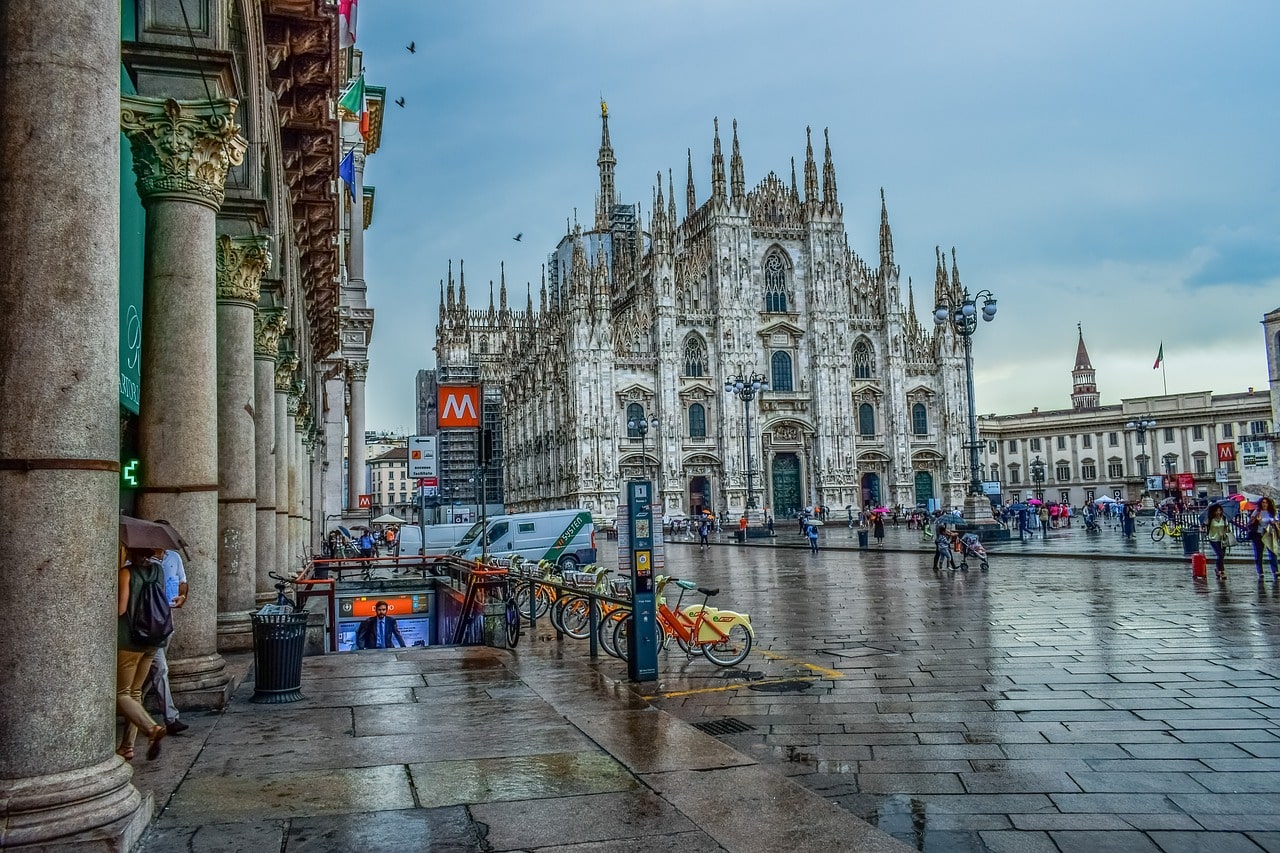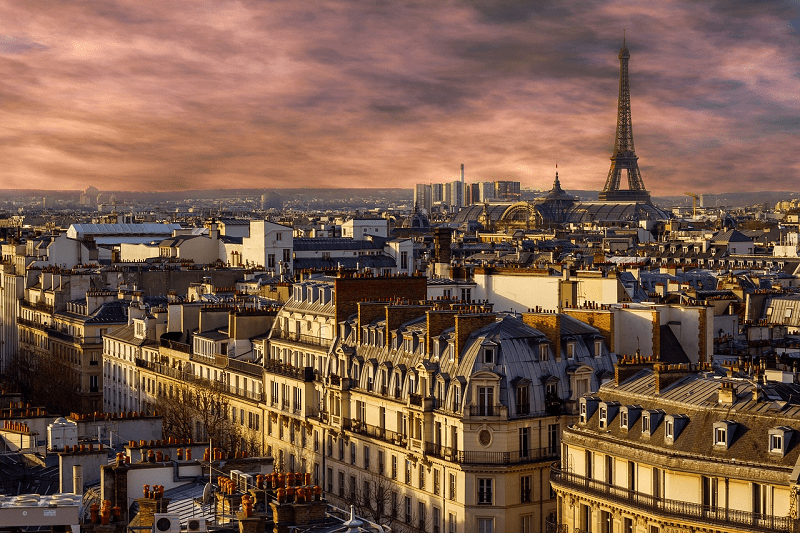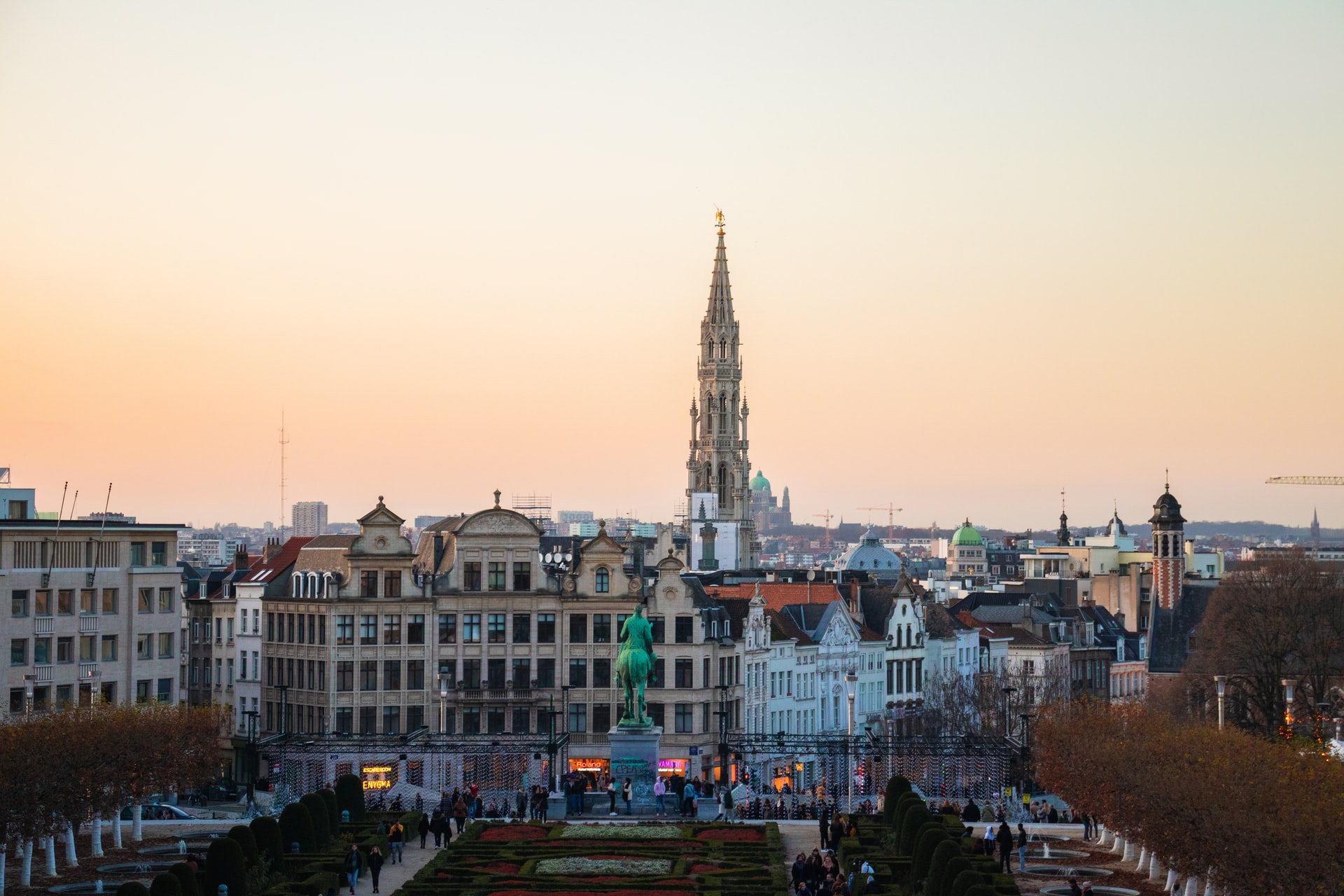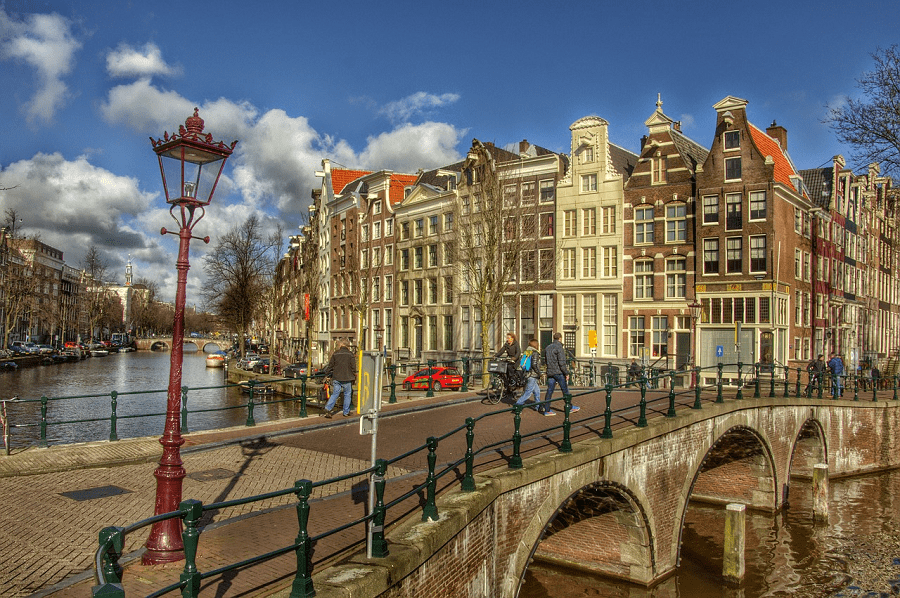The Corona transport and pollution impact is significant. Some access regulations are being suspended, while others are being added.
Traffic, and therefore its resulting pollution virtually disappeared during many of the the lockdowns around the world, captured dramatically in the particularly polluted areas of China and north Italy (external links). This pollution reduction is predicted to save large numbers of lives.
In addition, evidence is collecting that pollution exasperates Corona virus, through a number of different mechanisms, including through weakening hearts and lungs (the 'usual' impact of air pollution), as well as enabling the virus to remain dangerous in the air for longer.
Climate change is also likely to make pandemics more frequent.
Some regulations have been suspended to allow essential workers to access the nearly empty streets. See our news page for details of many of those suspended. As there are over 700 schemes in Europe, we do not list all of the schemes that have been suspended here.
Other regulations to support cycling, walking, social distancing and spending time outside, with ‘popup cycle paths’, 'encounter zones' with increased transport priority, or wider pavements. Others, such as London outline plans to transform road use to enable the predicted increase in active mobility in a post-Lockdown London. See some of the examples collected by the Eltis website corona measures page.
It is likely that life, work and travel will also look different after Corona. There are indications that people will use more active mobility, home office, web meetings and drive less (Sources include: UK AA car club and UK public transport consultancy). Access Regulations (UVARs) can help cities facilitate this and enable more space for active mobility (such as walking and cycling).
The links given are examples of some of the reference. No responsibility is taken for external websites.
